When taking over the old tram system of the CCFP in 1946, the STCP wanted to modernise the old fleet. As available funds were insufficient to acquire new trams from abroad, new constructions were limited to simple cars with antique types of trucks and electric equipment. A tram set consisting of motor car + trailer was designed. These cars were all built for unidirectional operation, having entrances/exits on the right side only. Only the front entrance/exit had a door, operated by the driver using a lever.
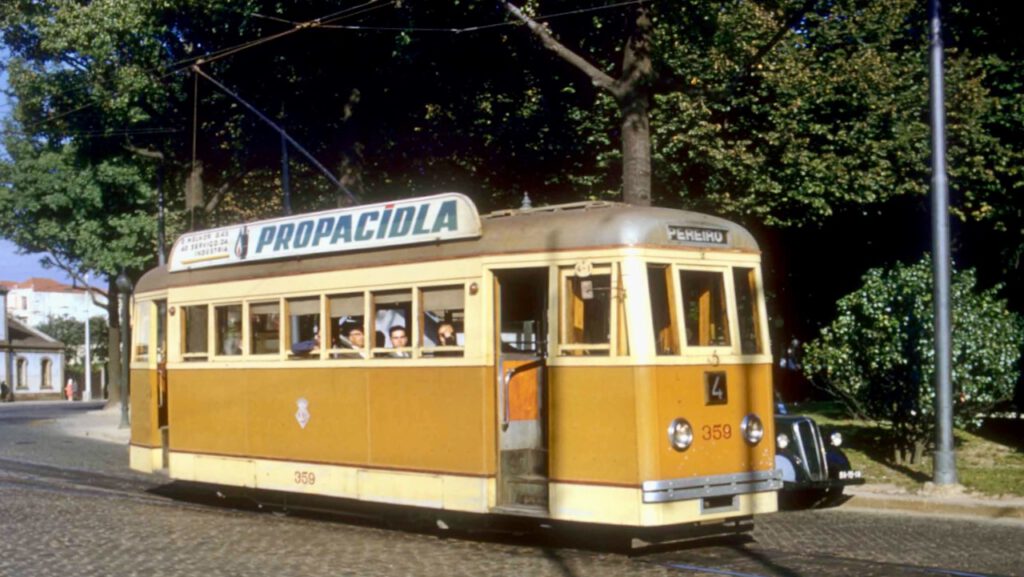
These trams were not as robust as the older cars and lacked comfort with hardboard exterior panels, no upholstery, no bulkheads or lowered platforms, and thus needing an extra step, making climbing aboard difficult and slow. The technical solution was neither modern nor innovative: Brill 21E trucks with 20 years old GE 270 motors, and the standard GE B54 controllers.
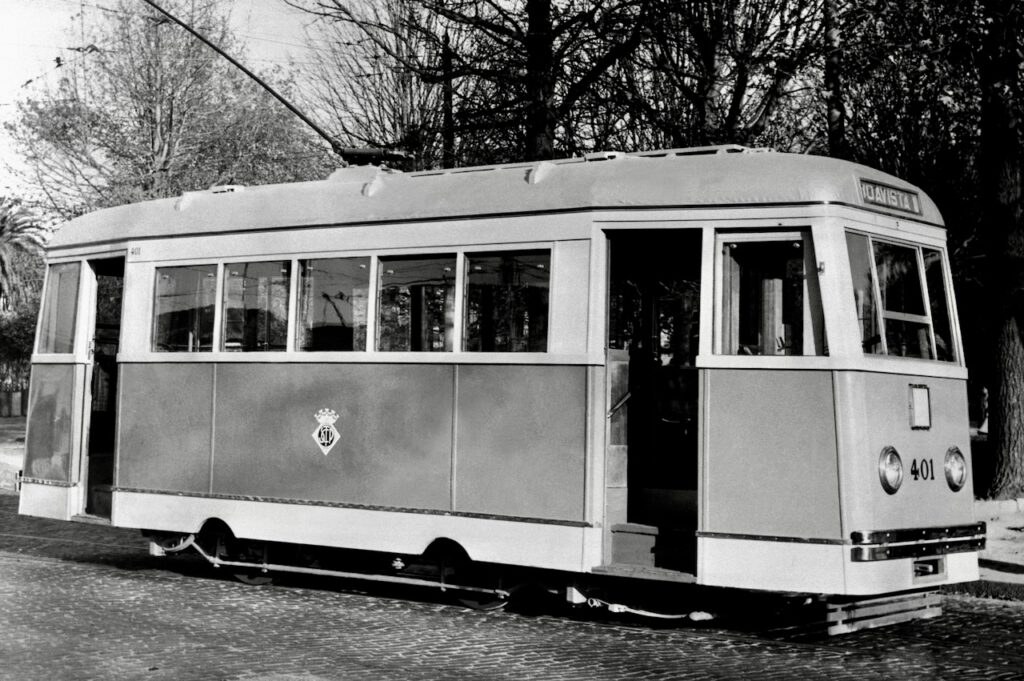
After finishing the first trailer it was decided to construct motor cars only. The trailers under construction were finished as motor cars getting electric equipment from Carros Antigos, but later replaced by the standard GE270 motors. In total five of these small Pipizinhos were constructed in 1947 and got the numbers 400-404. The trailer, which was finished and put in service with the number 28, was in 1949 converted into a motorcar with the number 405. This last Pipizinho had on 18 September 1955 a runaway accident in Rua da Restauração, which caused two fatalities (a young mother and her four week old baby) and seventeen wounded. The wreckage of the tram was scrapped.
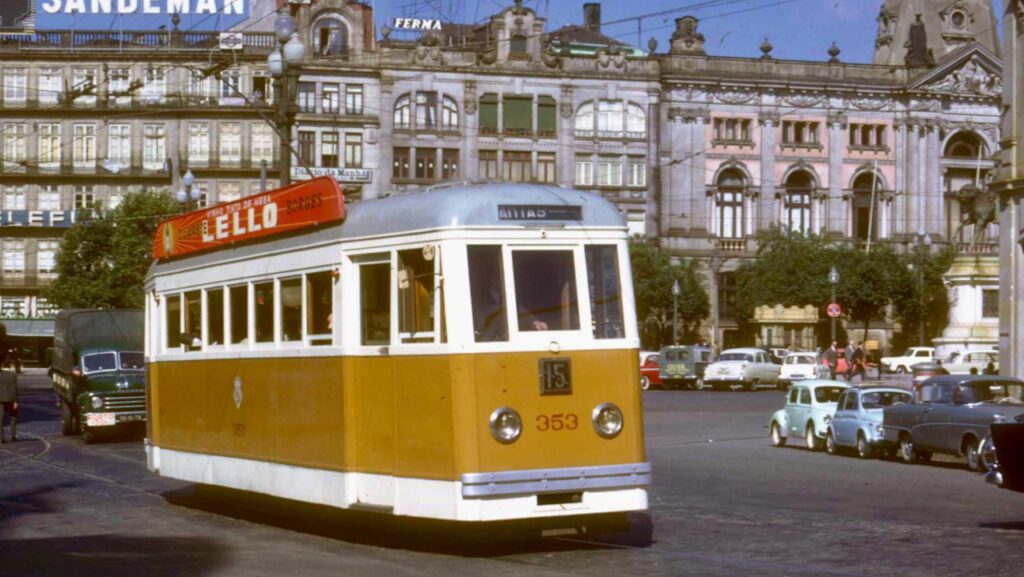
Of the large Pipis a total 24 were made during the years 1947-1952. These cars were numbered 350-373. The use of the Pipis and Pipizinhos was limited to the lines without stub-termini. Neither could they go to Gaia. As the Pipis were less flexible being single ended, they were among the first to be abandoned from 1967 until 1974. The cars 373 and 400, the latter converted to a trailer with the number 25, belong to the museum collection.
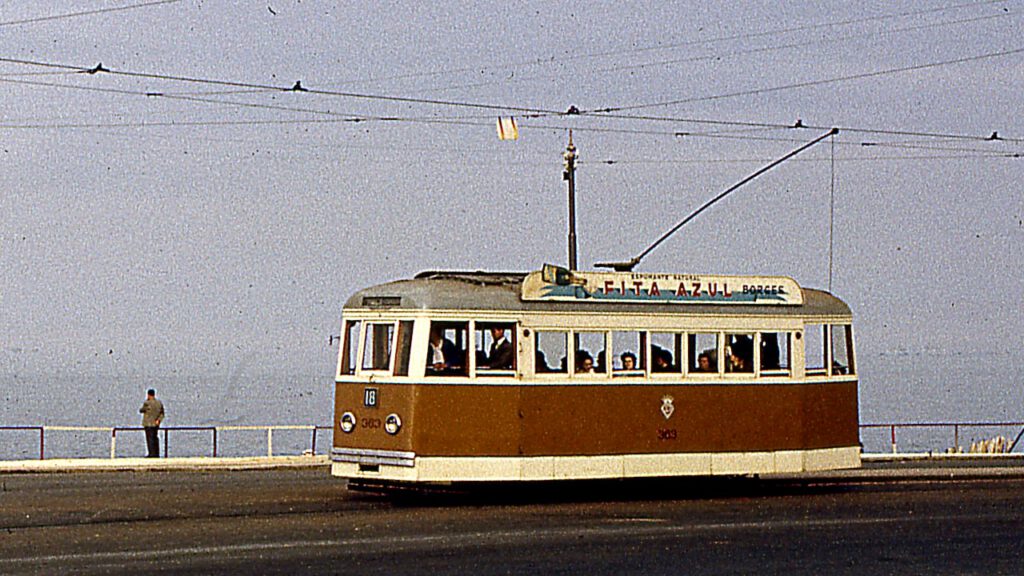
- length large model 9.84 m; small model 8.25 m
- width large model 2.40 m; small model 2.35 m
- weight large model 11535 kg; small model 10385 kg
- truck Brill 21E
- wheelbase large model 2.36 m; small model 2.26 m
- motors 2 x 55 hp GE270
- controllers GE 54E
- seating large model 28; small model 15
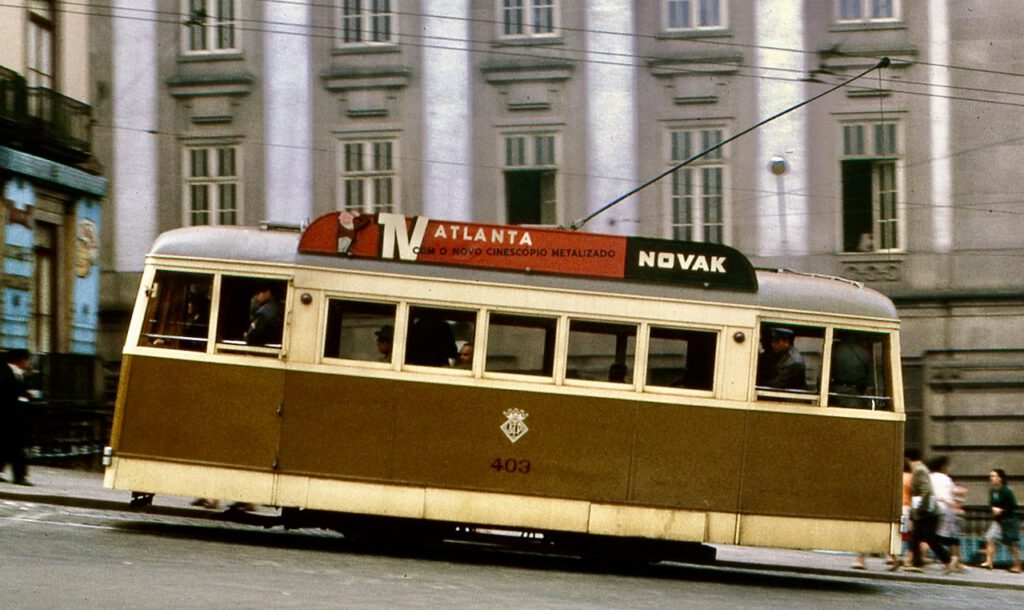
| number | in service | withdrawn | number | in service | withdrawn |
| 350 | 1947 | 1967 | 365 | 1950 | 1967 |
| 351 | 1947 | 1967 | 366 | 1950 | 1967 |
| 352 | 1947 | 1972 | 367 | 1950 | 1967 |
| 353 | 1948 | 1972 | 368 | 1950 | 1967 |
| 354 | 1948 | 1967 | 369 | 1951 | 1967 |
| 355 | 1948 | 1967 | 370 | 1951 | 1972 |
| 356 | 1948 | 1968 | 371 | 1951 | 1968 |
| 357 | 1948 | 1967 | 372 | 1952 | 1972 |
| 358 | 1948 | 1967 | 373 | 1952 | 1974 |
| 359 | 1949 | 1967 | 400 | 1947 | 1967 |
| 360 | 1949 | 1967 | 401 | 1947 | 1967 |
| 361 | 1949 | 1967 | 402 | 1948 | 1967 |
| 362 | 1949 | 1972 | 403 | 1948 | 1967 |
| 363 | 1949 | 1967 | 404 | 1949 | 1967 |
| 364 | 1949 | 1967 | 405 | 1949 | 1955 |
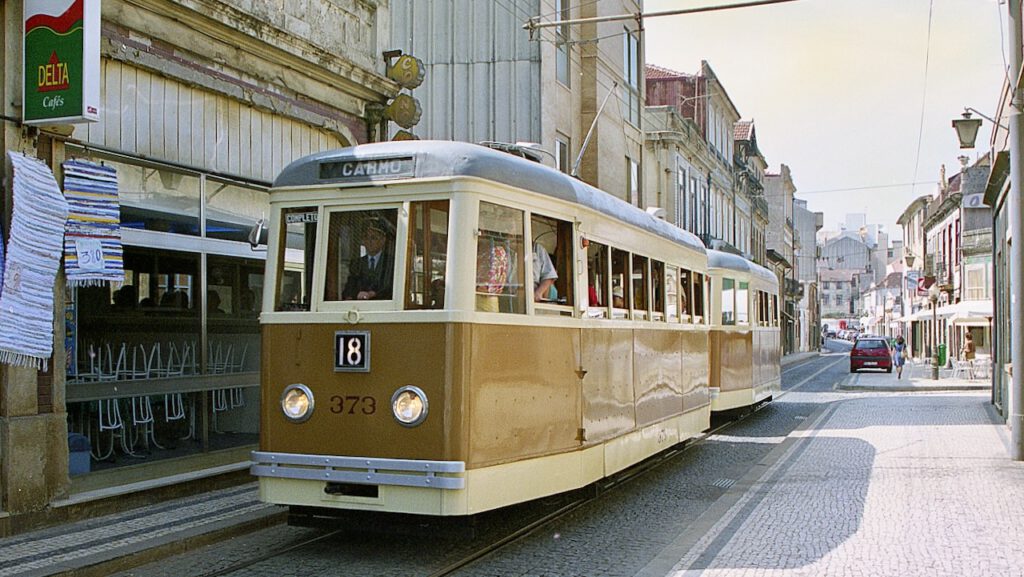
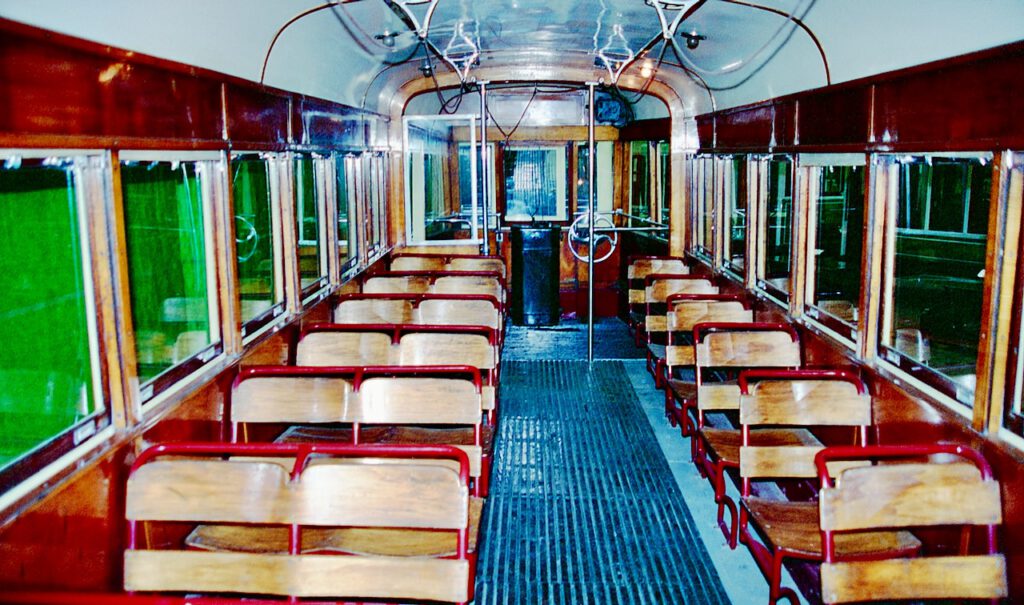
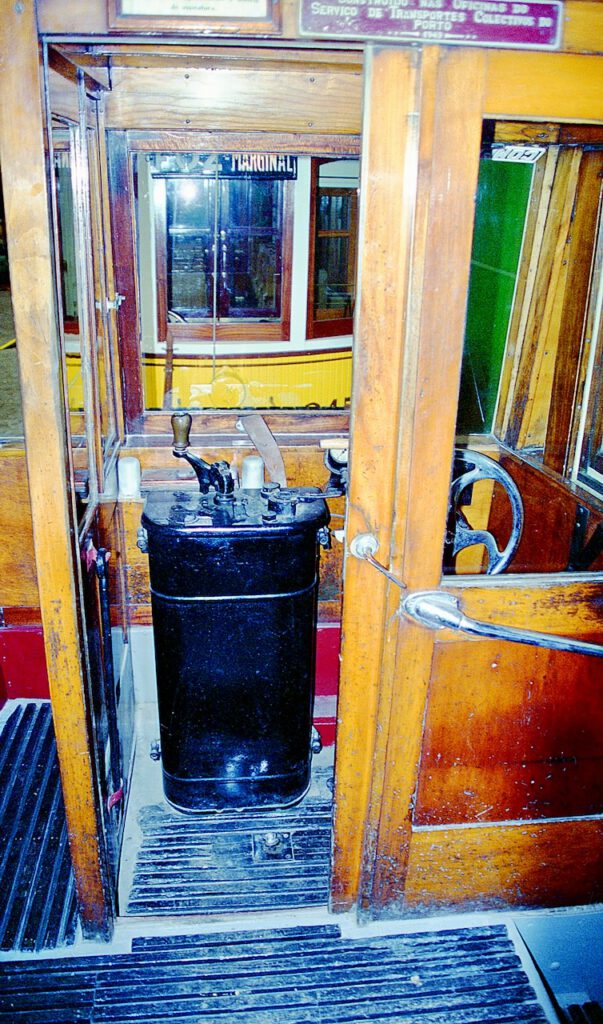

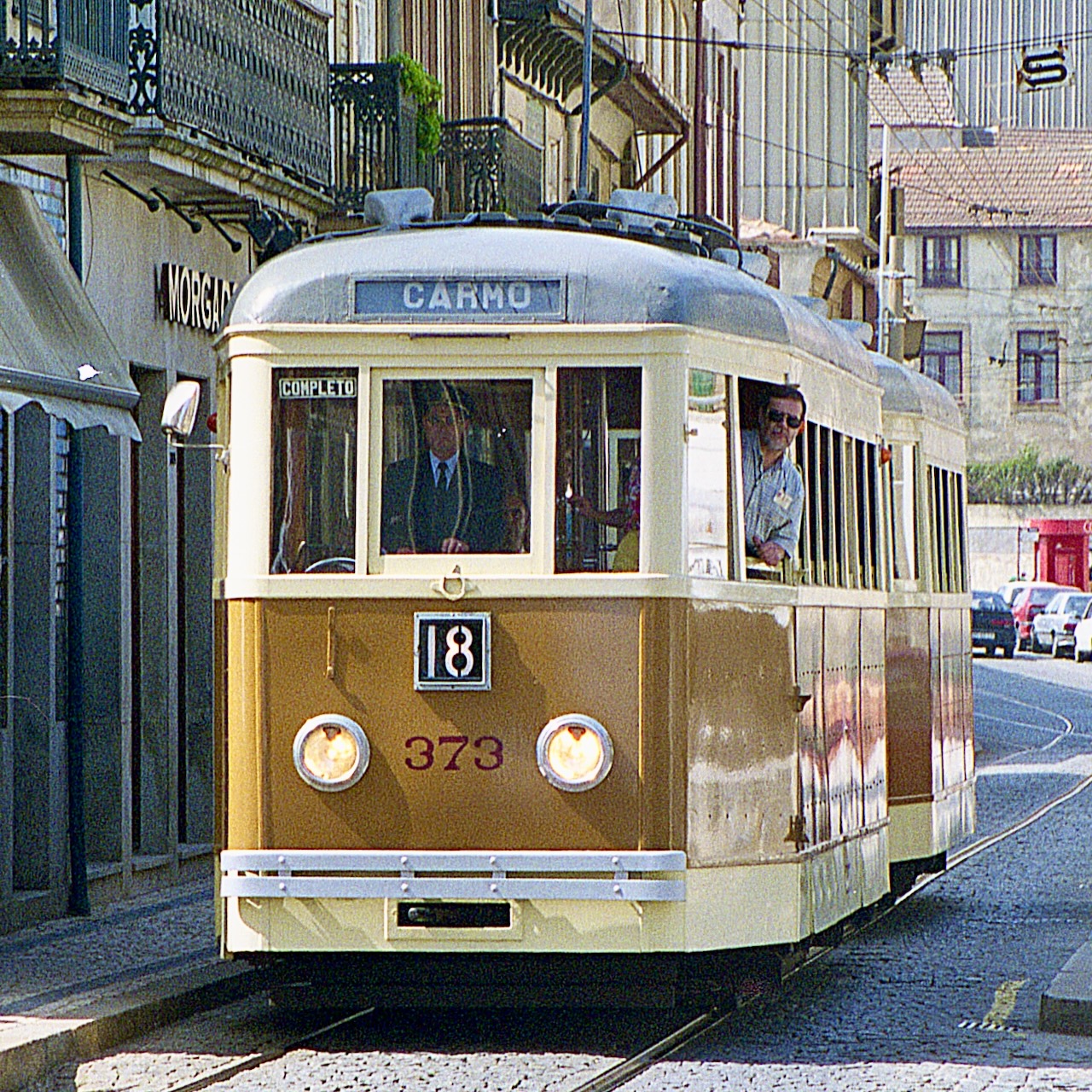
Leave a Reply